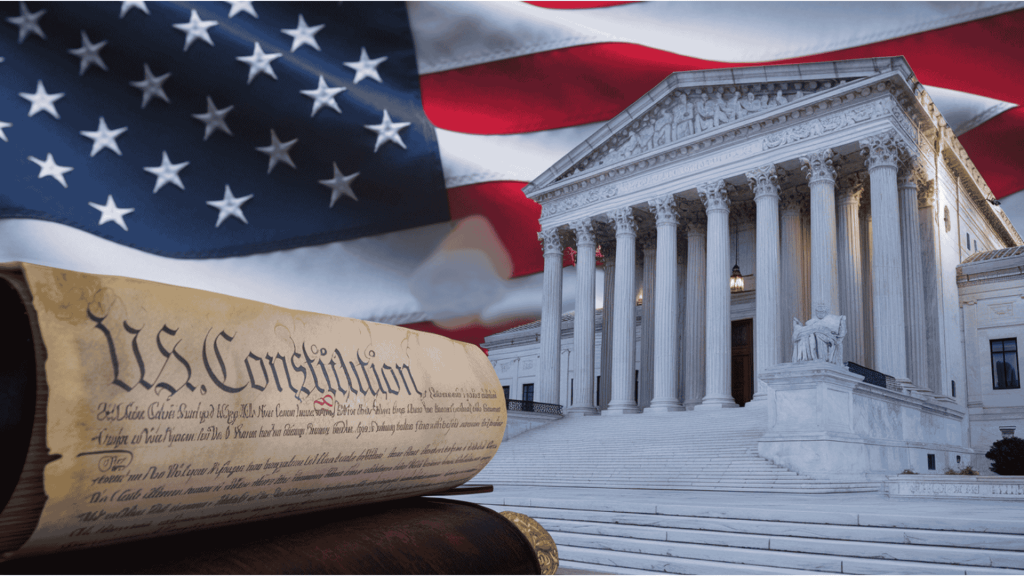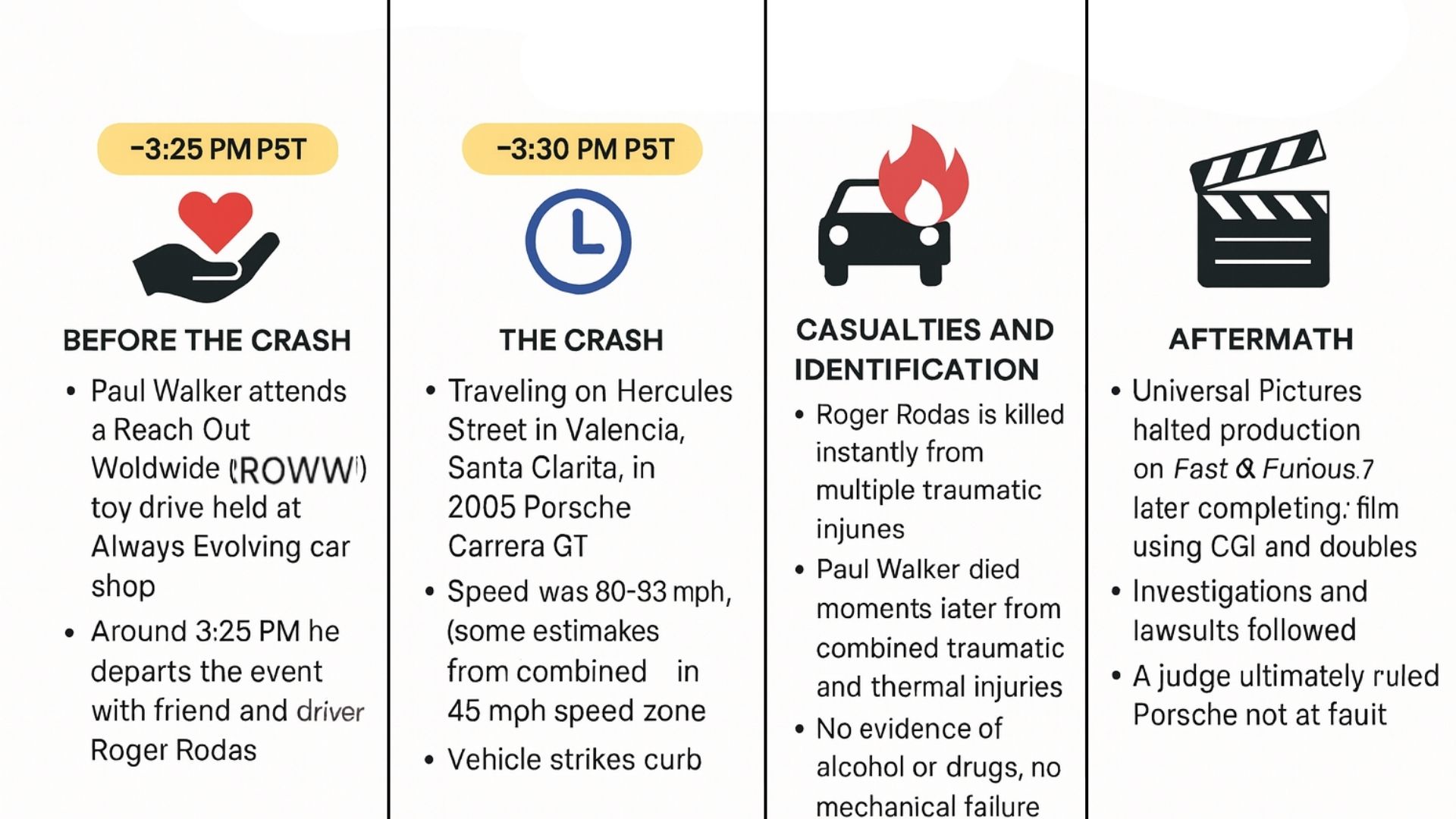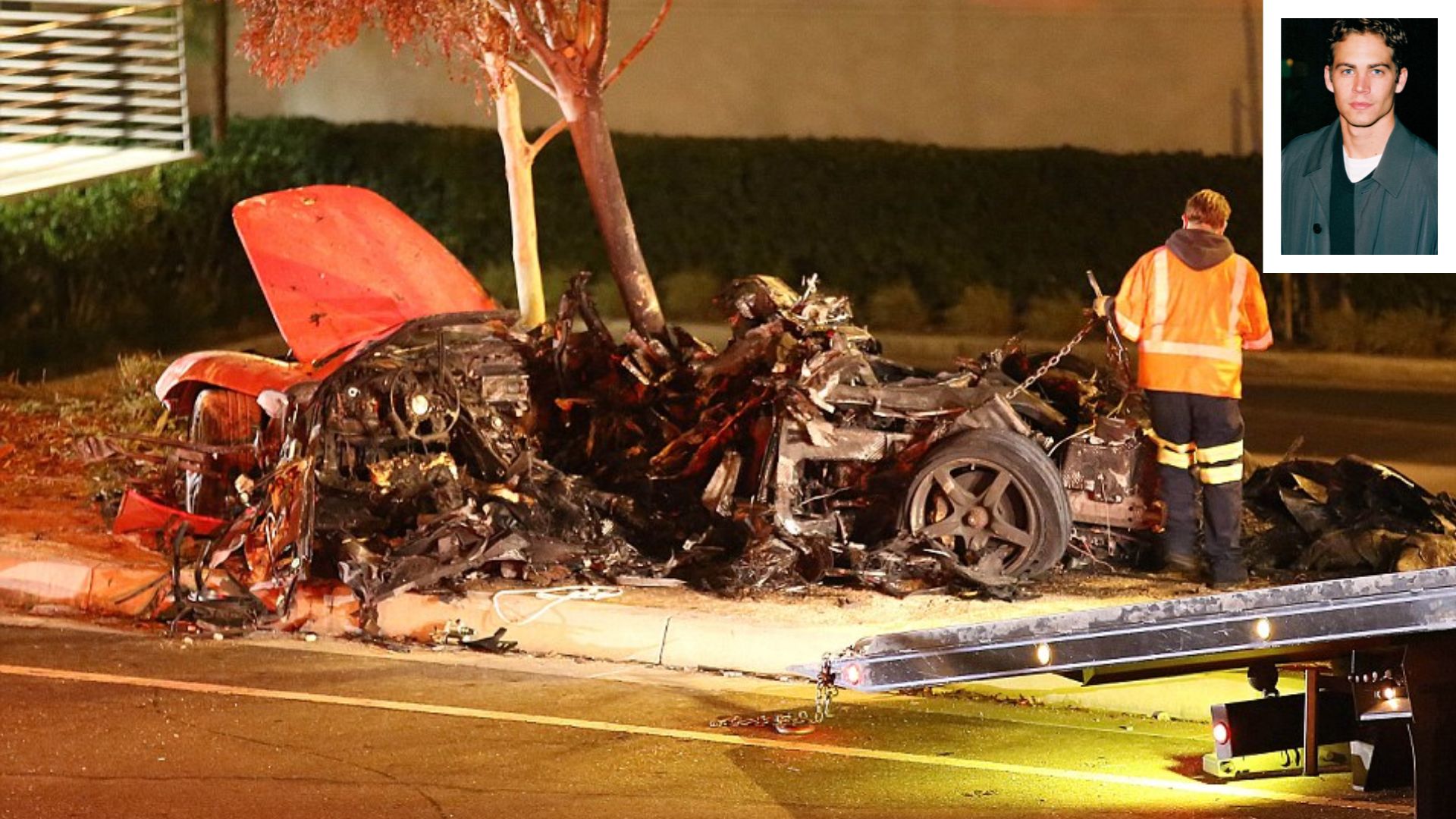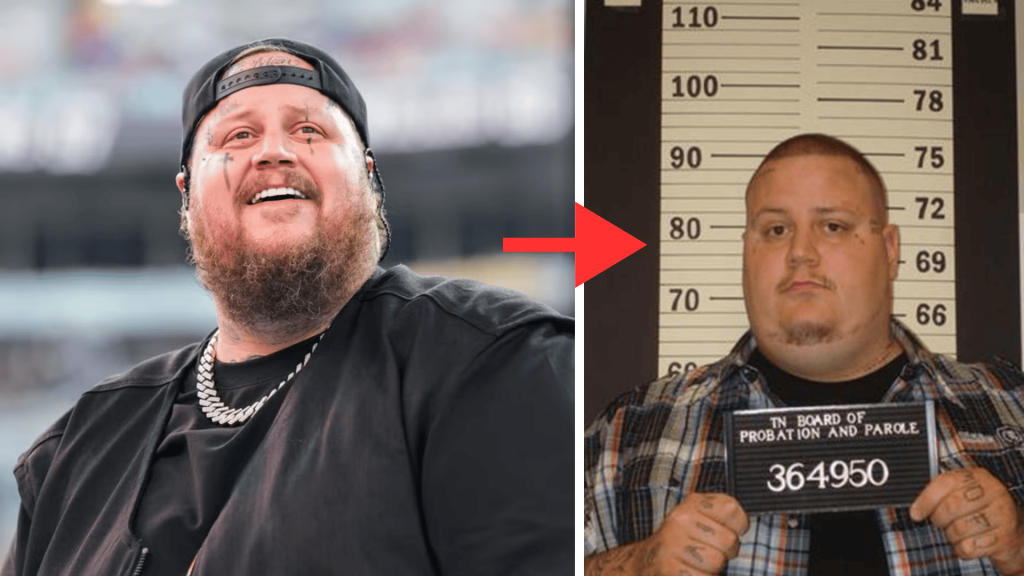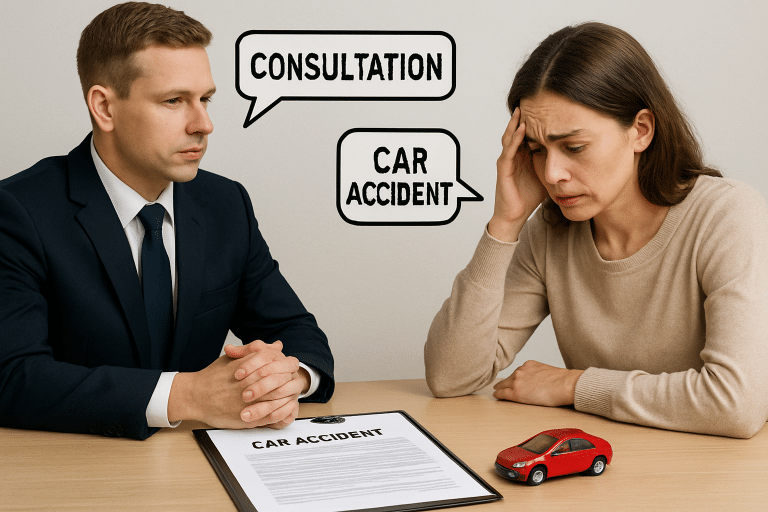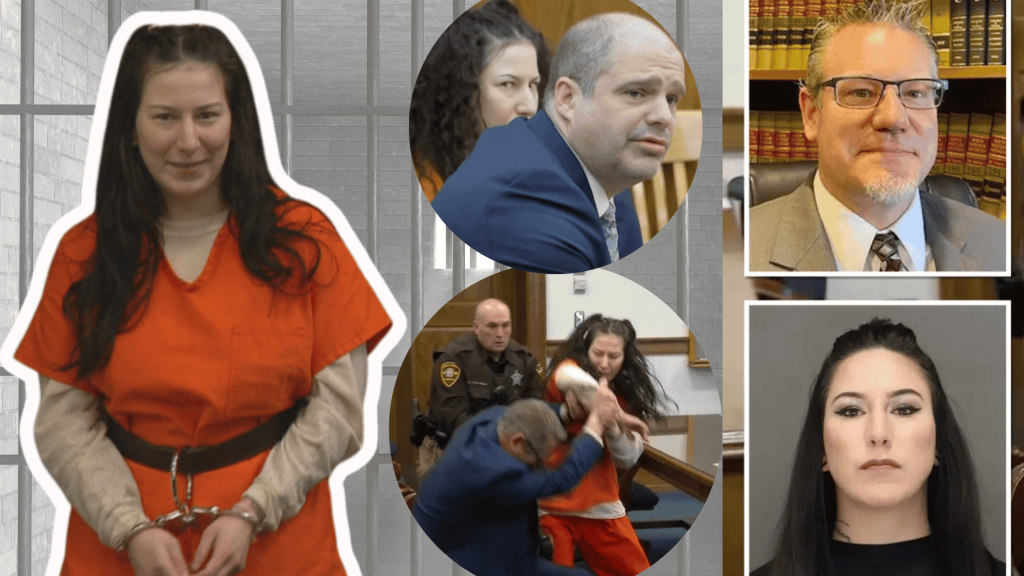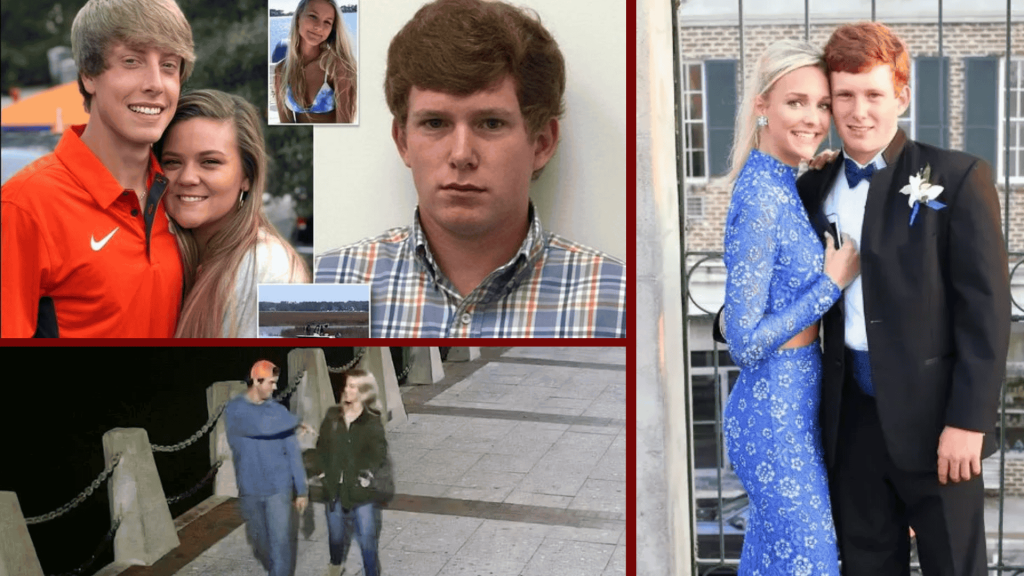Paul Edward Walker IV was an American actor born on September 12, 1973, in Glendale, California.
He gained worldwide fame starring as Brian O’Connor in the “Fast & Furious” film series.
Walker appeared in six films of the franchise from 2001 to 2013. Beyond acting, he was a car enthusiast and philanthropist who founded Reach Out Worldwide, a disaster relief organization.
Walker also co-owned Always Evolving, a high-performance automotive shop in Valencia, California.
His passion for fast cars extended beyond the movie screen. He regularly participated in racing events and owned several sports cars.
On November 30, 2013, Walker’s life ended tragically in a car crash that would generate significant legal proceedings and court battles across multiple jurisdictions.
Understanding the full legal impact requires examining exactly what happened that November day. The specific details of the crash became central evidence in all subsequent court proceedings.
Factual Timeline of the Crash
Comprehending the full legal impact requires examining exactly what happened that November day. The specific details of the crash became central evidence in all subsequent court proceedings.
On November 30, 2013, Paul Walker and Roger Rodas attended a charity event for Reach Out Worldwide in Santa Clarita, California. The two friends decided to take a drive in Rodas’ 2005 Porsche Carrera GT during a break in the festivities.
Rodas, an experienced race car driver and co-owner of Always Evolving Performance Motors, was behind the wheel. Walker sat in the passenger seat as they left the business complex on Hercules Street.
At approximately 3:30 PM, the red Porsche was traveling northbound when tragedy struck. The vehicle lost control while navigating a slight curve in the road.
Investigators later determined the car was moving between 80 and 100 miles per hour in a posted 45-mph zone. The Porsche first struck a concrete light pole, then careened into several trees.
The impact caused the vehicle to split in half and burst into flames.
Emergency responders arrived within minutes, but both men died instantly from the collision’s trauma and resulting fire.
Toxicology reports confirmed neither driver nor passenger had alcohol or drugs in their systems. Officials found no evidence of street racing or mechanical failure.
The primary contributing factors were excessive speed and the age of the vehicle’s tires, which had been manufactured in 2004.
These crash details formed the foundation for every legal argument that followed. Both prosecution and defense teams would reference this timeline throughout the years of court battles.
Key Legal Issues Raised
The following timeline is based on official investigation reports from the Los Angeles County Sheriff’s Department and California Highway Patrol. These findings became crucial evidence in all legal proceedings.
Official Investigations and Law Enforcement Findings
The Los Angeles County Sheriff’s Department and California Highway Patrol launched immediate investigations into the crash.
Both agencies conducted thorough examinations of the accident scene, vehicle wreckage, and witness statements. Their combined investigation lasted several months and involved accident reconstruction specialists.
The official findings were clear and definitive. No criminal charges were filed against any party. Investigators concluded that reckless driving and excessive speed were the primary causes of the crash.
The age of the vehicle’s tires also contributed to the loss of control. Importantly, investigators found no evidence of mechanical failure or manufacturing defects that caused the accident.
Wrongful Death Legal Proceedings
The crash triggered two major wrongful death lawsuits against Porsche Cars North America. Both cases challenged the safety design of the 2005 Carrera GT and raised questions about the manufacturer’s legal responsibilities.
Meadow Walker, Paul’s daughter, filed the first significant lawsuit against Porsche. Her legal team argued that seat belt design flaws trapped Paul inside the burning vehicle. They also claimed fuel line defects allowed gasoline to leak and intensify the fire.
The lawsuit focused on crashworthiness standards and whether Porsche met its duty to protect occupants during severe impacts.
Kristine Rodas, Roger’s widow, filed a separate lawsuit making similar product defect claims. Her case alleged that inadequate safety features and design flaws contributed to her husband’s death. Both lawsuits sought substantial financial damages for the families’ losses.
Legal Theories and Court Outcomes
What is negligence in this case? The families claimed Porsche failed to meet reasonable safety standards when designing the Carrera GT. Under California law, negligence requires proving duty, breach, and causation.
How does strict product liability work? This legal theory holds manufacturers responsible for defective products regardless of intent. California law requires proving that the product was defective and directly caused the deaths.
What is the Consumer Expectation Test? California courts use this standard to evaluate whether products meet ordinary consumer safety expectations. The families claimed consumers would not expect seat belts to trap occupants during crashes.
What Were the Final Legal Outcomes?
How did Meadow Walker’s case end? Paul Walker’s daughter reached a confidential settlement with Porsche Cars North America. The financial terms remain undisclosed, though legal experts believe it involved substantial compensation. Neither party admitted fault as part of the agreement. The settlement avoided years of additional litigation and appeals.
What happened in Kristine Rodas’ lawsuit? Roger Rodas’ widow pursued her case through complete court proceedings. California judges ruled that Porsche was not liable for the crash after reviewing all the evidence. The court determined that alleged vehicle defects were not a substantial factor in causing the deaths. The ruling emphasized that excessive speed, not manufacturing problems, caused the fatal accident.
Impact on U.S. Law & Auto Industry
The Paul Walker case created ripple effects far beyond individual court settlements. High-profile celebrity accidents often influence broader changes in automotive safety and legal standards.
- Public Policy Changes – Celebrity crashes like Paul Walker’s case often trigger new safety regulations and stricter manufacturer oversight
- Investigation Standards – These incidents establish the need for detailed forensic analysis and thorough documentation in fatal accident cases
- Manufacturer Accountability – Companies face increased legal pressure to meet crashworthiness standards and disclose known vehicle risks
- Safety Feature Requirements – High-profile cases push automakers to improve and mandate better safety technologies in vehicles
- Legal Precedent Setting – Celebrity accident cases often become reference points for future automotive liability lawsuits
- Industry Transparency – These cases force manufacturers to communicate safety risks more clearly to consumers and regulatory bodies
These lasting impacts show how one tragic incident can reshape industry practices for years to come. The Walker case continues to influence how courts handle automotive liability cases today.
Final Verdict
The Paul Walker case demonstrates how celebrity tragedies can reshape automotive law and industry standards. While both wrongful death lawsuits ended differently,
Meadow Walker’s confidential settlement versus the court ruling favoring Porsche in Kristine Rodas’ case, their combined impact extends far beyond individual outcomes.
These legal proceedings established important precedents for product liability cases and pushed manufacturers toward greater transparency about vehicle safety risks.
The case reinforced that excessive speed remains the primary factor in fatal crashes, while also highlighting the need for thorough accident investigations and proper documentation.
The automotive industry continues learning from these events, implementing enhanced safety protocols and clearer consumer communication standards.
Have you experienced issues with vehicle safety or product defects?
Share your thoughts in the comments below. Your experience could help others facing similar situations.


